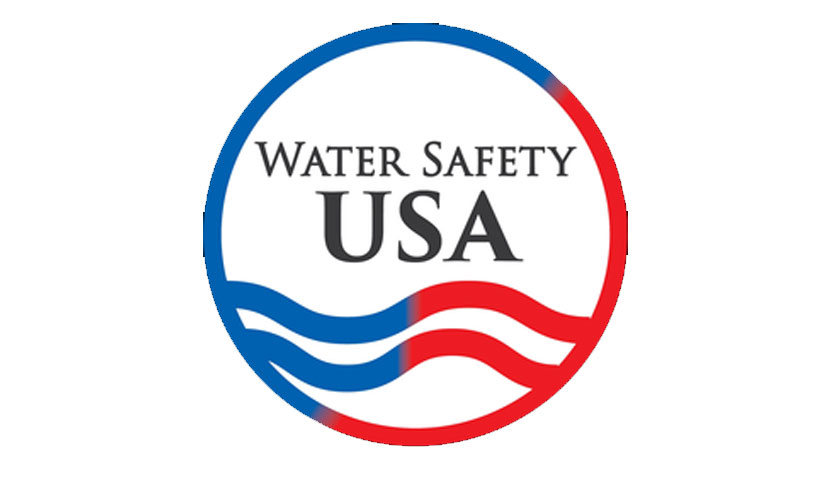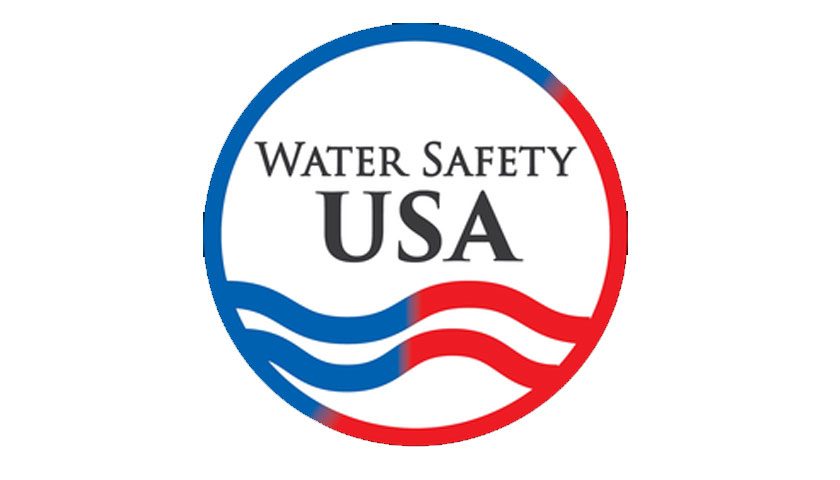Water Safety USA, a roundtable of national nonprofit and governmental organizations focused on drowning prevention, has announced its new water safety message for 2019: “Be #WaterCautious: Prevent unsupervised access to water.”
Being water cautious means assessing the potential risks and taking a proactive approach to securing all water access points, then closely supervising any permitted water activity. Water access points include in-ground and above ground pools and spas, portable pools, bath tubs, buckets and open bodies of water, such as rivers, lakes, ponds and canals.
After pools, bathtubs are the second leading location where younger children drown. Buckets, bath seats, wells, cisterns, septic tanks, decorative ponds and toilets are also potential drowning sources for infants and toddlers. Children younger than five are more likely to drown at home and older children in open water bodies.
Why be water cautious?
The US Consumer Product
Safety Commission says that nearly 70% of young children who drowned in
swimming pools were not expected to be in or at the pool.i As children get older, they are more likely to drown in open waters, such as rivers, lakes or ponds when unsupervised.ii
Lack of barriers to prevent unsupervised water access is a main factor that leads to drowning. To be water cautious, assess potential risks inside, outside and near your home and any other locations you visit, including other people’s homes, hotels or campgrounds—then childproof your surroundings by removing the risk:
Inside the home, install childproof locks to prevent access to hazards like bathtubs, bath seats and toilets. Empty all buckets of liquid.
Outside the home, install barriers around hazards like unfenced pools or ornamental ponds. Empty all buckets of liquid, portable pools and other objects where water collects.
Near the home, install proper and well-maintained fencing to prevent unsupervised access to open bodies of water, such as rivers, lakes, ponds and canals. Ask neighbors and friends to fence in their pools or spas.
When visiting a location with water nearby, in addition to assessing the risks, closely and continuously monitor anyone who is unable to recognize the danger that water may pose—especially young children. Children can disappear quickly and are attracted to water. Don’t assume that a fence, sign or verbal warning will keep children away from the water.
Water Safety USA’s 2019 campaign is an extension of prior messaging designed to combat drowning. Taken together, the organization’s campaigns provide a roadmap for drowning prevention: Designate a #WaterWatcher to maintain constant supervision of children when in, on or near the water; ensure that you and those you love are #WaterCompetent; and be #WaterCautious to prevent unsupervised access to water.
Learn more about how to be #WaterCautious at www.watersafetyusa.org, or you can view the infographic here.

